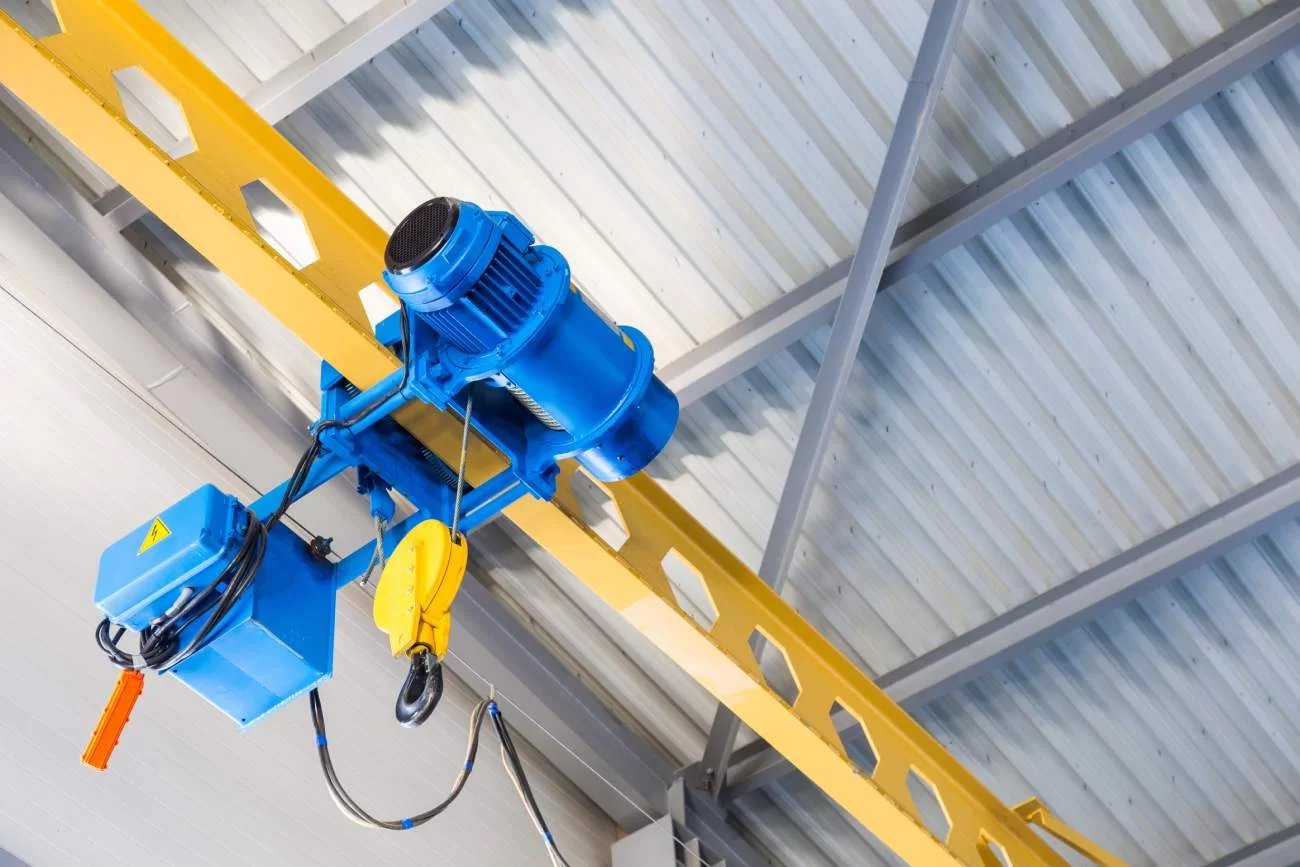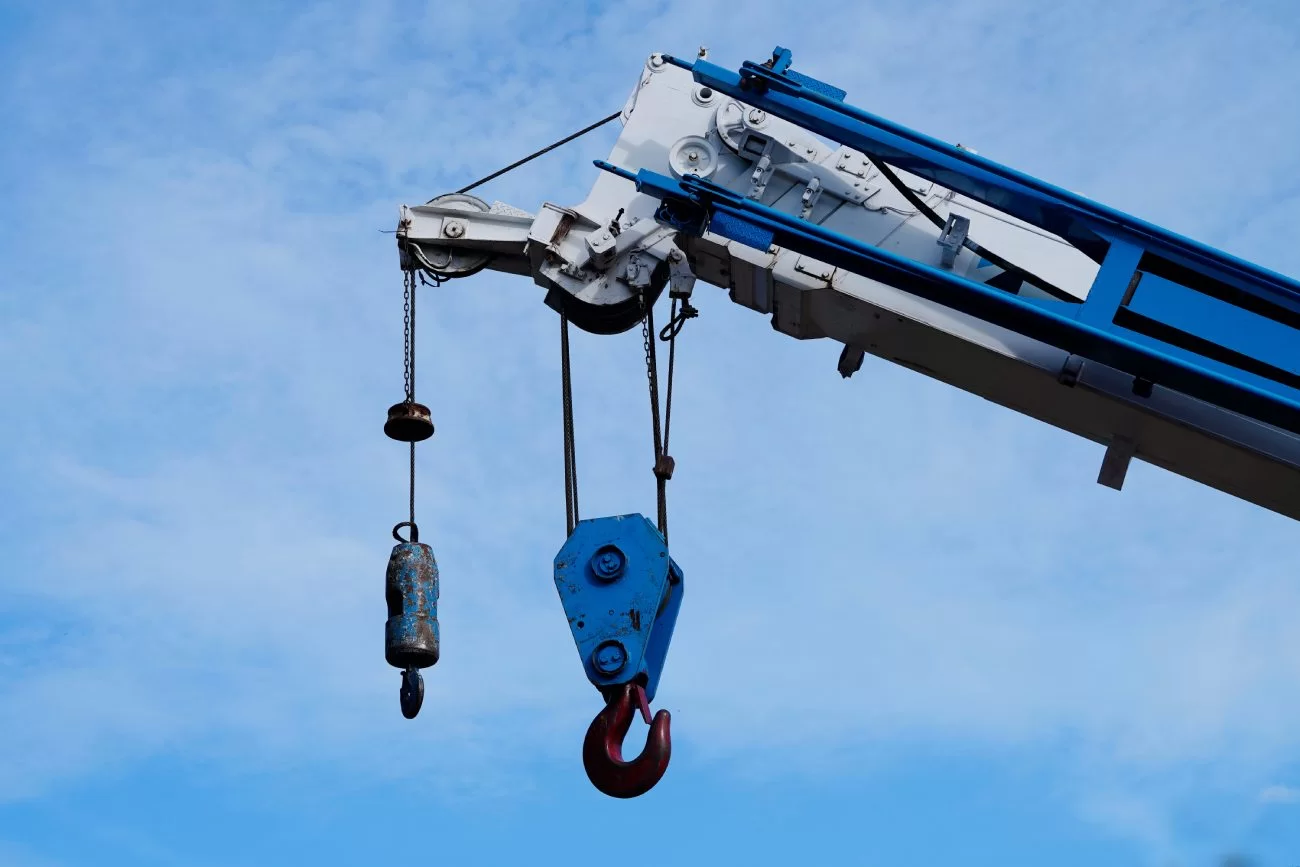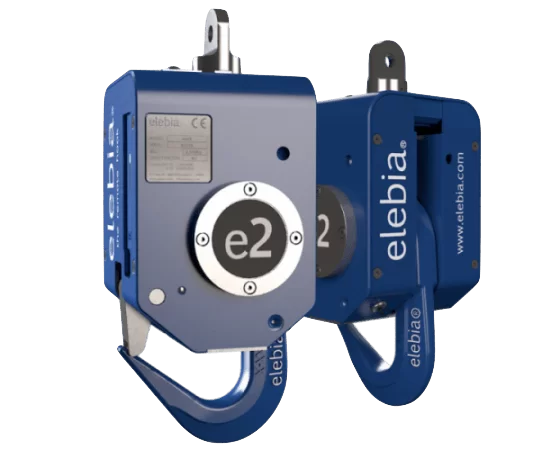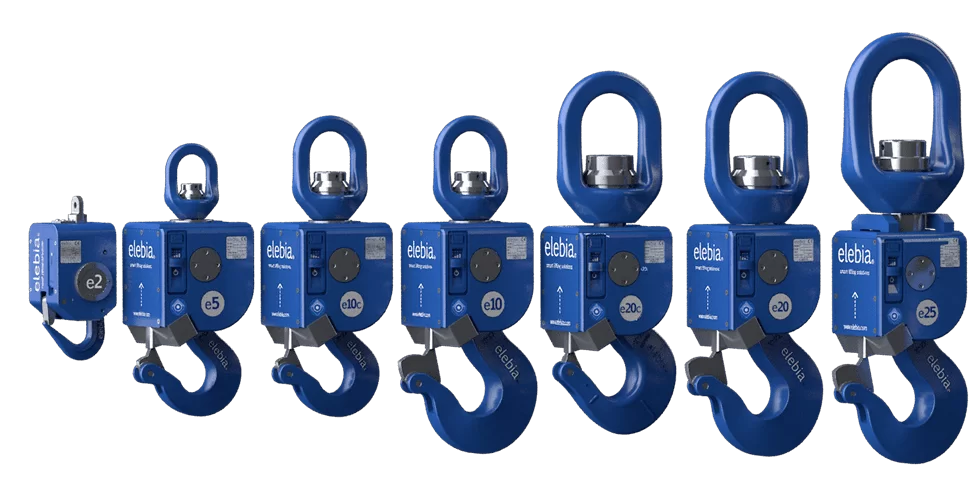What are the Different Types of Hoists?
25 May, 2022 Hoists are essential tools used across various industries to lift and move heavy objects. They come in different types, primarily divided into manual hoists and powered hoists. Manual hoists require physical effort to operate, making them suitable for lighter tasks or environments where power is not available. Powered hoists, on the other hand, use electricity or other energy sources to perform lifting tasks more efficiently and quickly. These powered hoists can be further categorized based on the type of power they use. Hoists play a critical role in many sectors. In the shipping industry, they are used to load cargo onto ships. In automotive manufacturing, they help lift and position engines. Even in forestry, hoists are used to move heavy logs. Their versatility makes them indispensable in both industrial and commercial settings. Index A hoist is a mechanical device used to lift or lower loads. It can be manual or electric, and it often uses chains, ropes, or pulleys to do the lifting. Hoists are commonly found in factories, warehouses, construction sites, and even in homes for specific lifting needs. There are several types of hoists, each designed for specific applications and environments. Understanding these types can help you choose the right one for your needs. This hoist uses an electric motor to drive a chain, allowing for smooth and controlled lifting and lowering of loads. It's ideal for repetitive lifting tasks in workshops and production lines. Advantages: Easy to control, adjustable speed, and reliable performance. Uses: Manufacturing plants, assembly lines, and loading docks. Wire rope hoists use strong steel cables wrapped around a drum. They are known for their high lifting speeds and durability. Advantages: Fast operation, long-lasting cables, and efficient lifting. Uses: Construction sites, shipyards, and crane operations. A trolley hoist moves along a beam rail, allowing for horizontal movement of heavy loads. It’s perfect for moving items within a confined space. Advantages: Efficient movement of heavy items, up to 3 tons. Uses: Warehouses, storage facilities, and manufacturing areas. Sign up for our newsletter and get the latest news from elebia An electric hoist is powered by an electric motor and can be used for both light and heavy lifting. It offers flexibility in terms of voltage options, making it suitable for a variety of applications. Advantages: Available in both light and heavy-duty models, easy to connect to standard power sources. Uses: Mining operations, warehouses, and construction projects. Flameproof hoists are made with materials that resist fire, making them ideal for environments where fire hazards are a concern. They are typically remote-controlled for safety. Advantages: Fire-resistant, safe for hazardous environments. Uses: Chemical plants, oil refineries, and other high-risk areas. A manual hoist, also known as a hand-operated hoist, uses chains or ropes to lift and lower loads. It is simple to use and requires no external power source. Advantages: Reliable, safe, and suitable for occasional use. Uses: Light lifting tasks, such as moving equipment in a workshop or garage. A chain hoist uses a chain and pulley system to lift loads. It is manually operated and is known for its strength and reliability. Advantages: Strong, durable, and capable of lifting heavy objects. Uses: Lifting heavy machinery, construction materials, and industrial equipment. A travel hoist is a powerful electric hoist designed for lifting extremely heavy loads. It often runs on rails and features a fast, efficient lifting mechanism. Advantages: High lifting capacity, fast operation, and suitable for large-scale tasks. Uses: Steel mills, chemical plants, and other heavy industrial environments. Choosing the best hoist depends on your specific needs. If you need something for quick, repetitive lifting, an electric hoist might be ideal. For heavy-duty lifting, a travel hoist is a better choice. If you're working in a hazardous environment, a flameproof hoist is essential. For manual lifting tasks, a manual or chain hoist could work well. Always consider the weight, frequency, and environment when selecting the right hoist for your application. Discover the evo2 Hooks Discover the evo5-evo25 Crane Hooks  Iron Remove Device,Iron Ion Removal Filter,Industrial Water Filter Systems,Iron Ion Filter System Foshan Hongjun Water Treatment Equipment Co. Ltd , https://www.hjwastewatertreatment.comWhat is a Hoist?

Types of Hoists
– Electric Chain Hoist
– Wire Rope Hoist
– Hoist Trolley
Newsletter
– Electric Hoist
– Flameproof Hoist
– Manual Hoist
– Chain Hoist
– Travel Hoist

Which is the Best Hoist?
Products Made For Your Company

